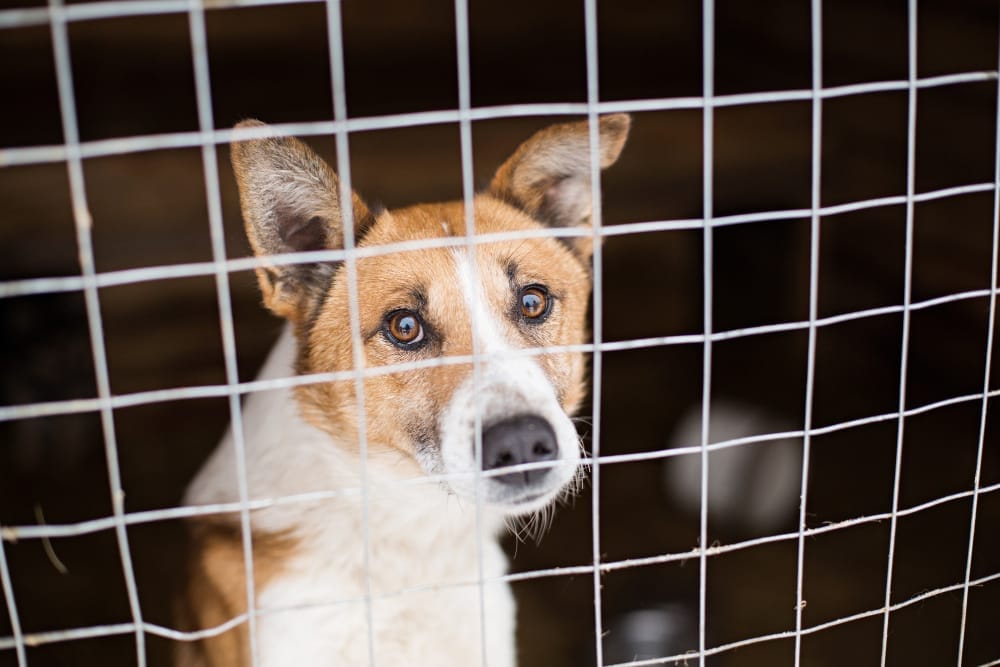
In the world of animal welfare, perhaps no issue is as complex, heart-wrenching, and potentially dangerous as animal hoarding. At its core, animal hoarding— cataloging a higher number of pets than one can adequately care for — doesn't stem from malice but rather a mental health disorder. Yet, the consequences for the animals and the hoarders can be catastrophic.
For those unfamiliar with the challenges of this disorder, you might wonder:
Sit back as we plunge into the depths of seeking help for animal hoarding, and the often-overlooked legal and mental health intricacies of this condition. Whether you're a concerned citizen, a rescue worker, or a potential client looking to initiate the cleanup process, our guide will illuminate the path to resolution and recovery.

Hoarders are not malicious in motive, but they often lack the insight to realize their behavior is harmful. Unlike standard pet owners or breeders, hoarders do not provide sufficient care for their animals. This neglect often results in animal health hazards, from malnourishment and disease to behavioral complications. It also creates unsanitary living conditions, which affect the hoarder's immediate environment and the broader community.
The act of hoarding is compulsive and repetitive, with animal hoarders often being older adults, disabled, or limited in resources. Many hoarders believe they are providing a service or sanctuary for the animals, and their collection often starts with positive intentions. However, as numbers grow, they outpace one's ability to care for them effectively.
The emotional and physical toll on the hoarder can be significant, but it pales in comparison to the suffering of the animals. They endure cramped living conditions, and high levels of stress from overcrowding, and usually receive substandard to no veterinary care. The impact on family and community members is also profound, with mental health issues and damage to property and relationships being common outcomes.

Rescue and welfare organizations are often the first point of contact for concerned citizens or hoarders seeking help. These bodies are equipped to intervene, providing assessment, care for animals, and support for hoarders in need. If you're interested in getting started help with animal hoarding, we recommend:
Community involvement is crucial in addressing animal hoarding. Many times, individuals who are hoarding animals do not recognize or acknowledge the severity of their actions. It is up to concerned citizens, neighbors, and community members to speak up and report any concerns.

Animal hoarding often comes with a host of legal issues, from charges related to animal cruelty and neglect to violations of municipal health codes. Depending on the severity of the situation, hoarders may face fines, and even lose custody of their animals.
Here's what you need to know: Criminal Law - What Is Animal Hoarding? Is It a Crime?
The debate around whether hoarding should be considered a criminal act is ongoing. While in some jurisdictions, severe cases are prosecuted as felonies, there's also a growing understanding of it as a public health issue, prompting more focus on rehabilitative measures.
The road to recovery from animal hoarding is long and arduous, but it is not a path anyone has to walk alone. Encouraging hoarders to seek help is the first step towards protecting both humans and their animal companions from further harm.

We covered it all in our post: Hoarding Help and Cleanup: Assisting A Loved One with Care - Be sure to take a look!
With compassion and expertise, Bio-One of Chula Vista can facilitate the difficult cleanup process, sparing hoarders from the overwhelming job of restoring their homes and providing a fresh start that respects the dignity of both people and animals it serves. If you or someone you know is facing the aftermath of animal hoarding, reach out to Bio-One of Chula Vista, where help comes not just with expertise, but with an unyielding commitment to empathy and respect!